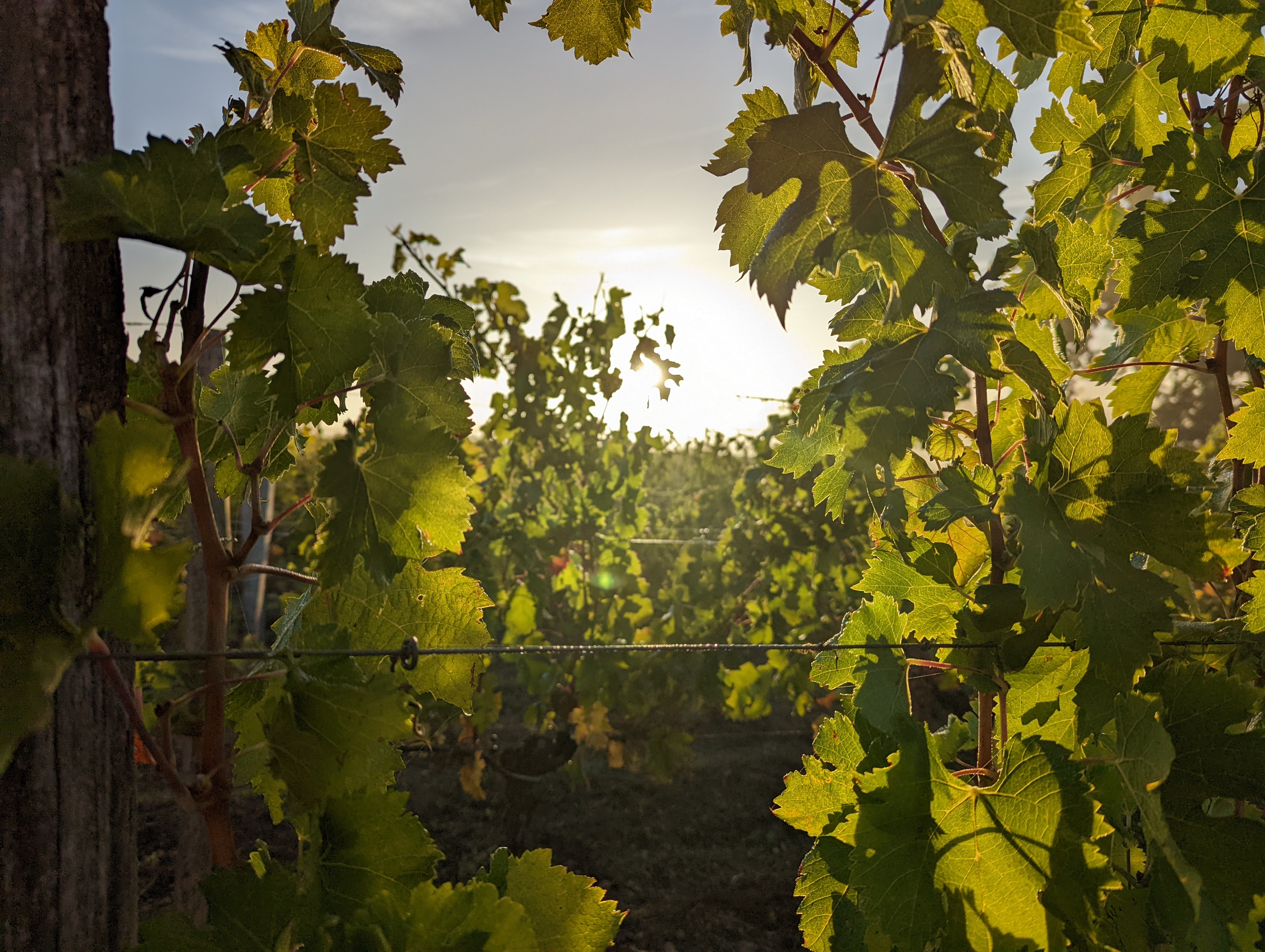The most beautiful wine routes in Europe
It's that time of year when the promise of summer sunshine makes you want to spend your days outdoors. For those who can't think of anything better than soaking up the sun with a glass of wine in hand, today we've chosen to guide you along some of Europe's finest wine routes. There are many of them in Europe, each offering travellers the opportunity to discover the magnificent landscapes of several wine-producing regions, renowned vineyards and delicious local wines on offer at tasting sessions. Here are some of the most popular wine routes in Europe that make up our top 5 wine tourism destinations.
The Alsace wine route
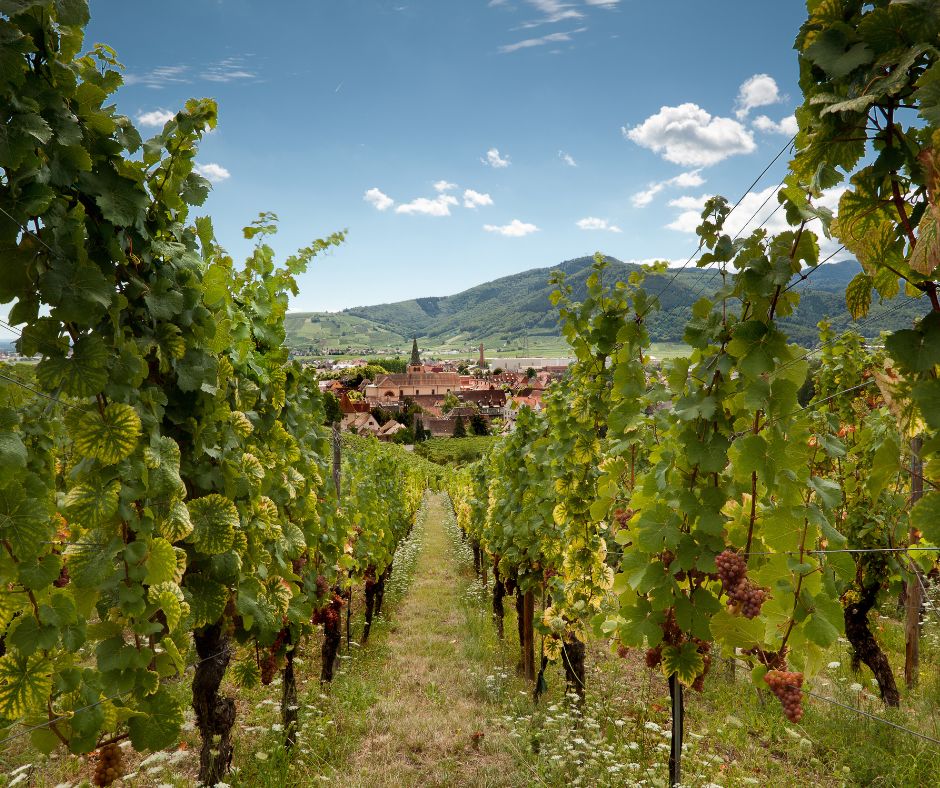
©Canva
The Alsace Wine Route has been rolling out its route since 1953, when a car rally was first organised, inviting visitors to take part in wine tastings and sightseeing tours along the way. Since then, the 170-kilometre route, which passes through numerous picturesque villages and famous vineyards, has brought together 51 grands crus, seven grape varieties and almost 120 wine-producing towns. The region's magnificent scenery, local wine tasting and cellar visits are the ingredients for an unmissable experience for lovers of wine and Alsatian culture.
Dive into the myth of this wine-growing region and discover the wealth of expertise of the winemakers from the Lower Rhine to the Upper Rhine. You'll find what has made this region so famous in France, namely its white wines and the main grape varieties used, such as Riesling, Gewurztraminer, Pinot Gris, Pinot Blanc and Sylvaner.
Alsace wines are renowned for their freshness, finesse, character and elegance. Each grape variety brings its own characteristics to the wines produced in the region, offering a diversity of flavours and aromas to satisfy every palate.
In addition to the grape varieties mentioned above, Alsace also produces wines from lesser-known varieties such as Muscat, Gewurztraminer, Pinot Noir and Crémant d'Alsace, a sparkling wine made using the traditional method.
To get an idea of the diversity of these wines, there are a number of routes to take, passing through charming or unusual towns and villages. Two in particular stand out:
- From Marlenheim to Thann : Eguisheim, Hunawihr, Ingersheim, Mittelbergheim and Riquewihr are just some of the main stops on your itinerary.
- From Ribeauvillé to Colmar : Ribeauvillé is one of the most famous and beautiful villages on the Alsace wine route, and a must-see !
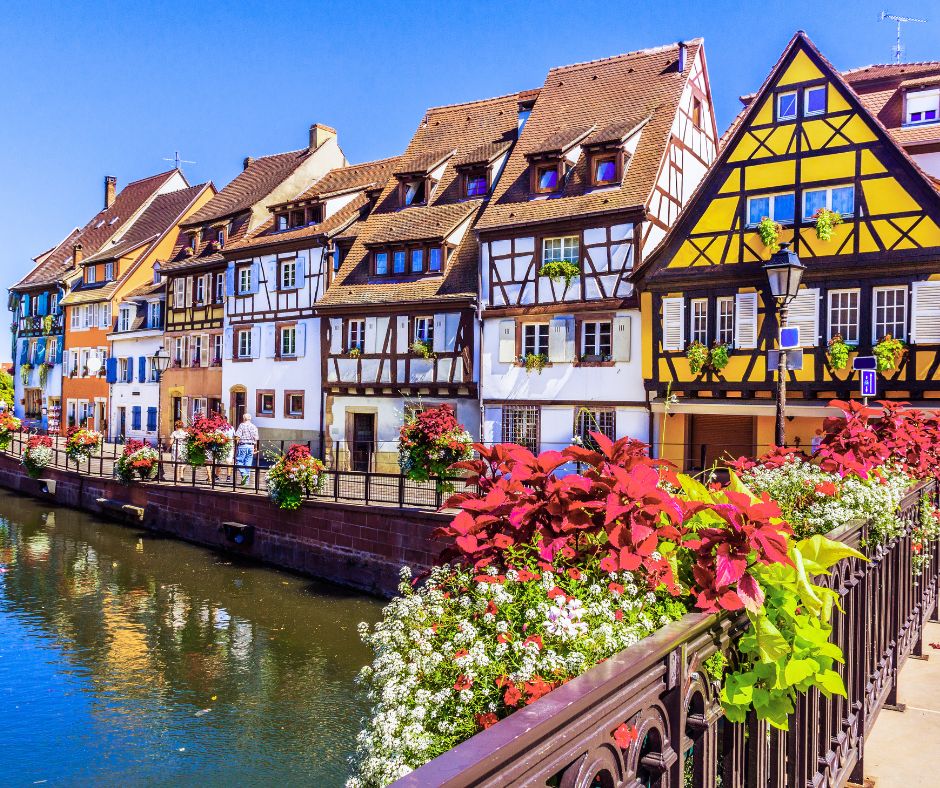
©Canva
Not to be missed: With its 400 hectares of vineyards located mainly to the north-west of the town, Colmar has established itself as the capital of Alsace wines. This is reflected in its architectural heritage, including the statue of the Alsatian cooper, the work of Auguste Bartholdi, which crowns the Maison des Têtes, and the Maison aux Raisins, whose sculpted façade depicts vines and grapes. The Alsace Wine Fair (26 July to 4 August 2024) is one of the city's must-see wine events, attracting an average of 300,000 visitors every year. Plan your stay around these dates.
To learn more and plan your visit : www.visit.alsace
The Porto Wine Route, Portugal
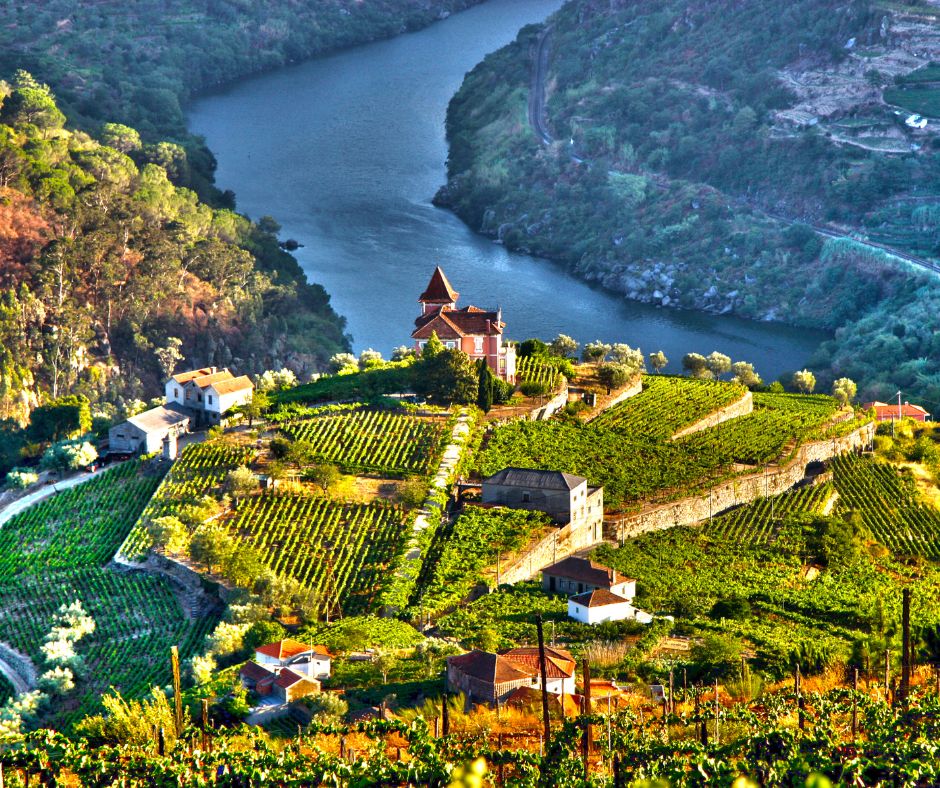
©Canva
From the Douro river valley to the old quays of Porto, this route crosses Portugal's Douro wine-growing region, world-famous since the 18th century for its sweet, complex port wines. Along the banks of the Douro river, discover the wineries and the production of port, the region's emblematic spirit, between picturesque landscapes, bucolic villages and green plains filled with vines. The most common grape varieties here are Touriga Nacional, Touriga Franca, Tinta Barroca , Tinta Roriz (Tempranillo), Tinto Cão, Sousão and Tinta Amarela. These grape varieties are mainly used to produce Port wines, but are also used to make high-quality still wines.
On the outskirts of Oporto and on the banks of the Douro is Vila Nova de Gaia, the area where you'll find the very different wineries with the Port designation of origin.
Not to be missed: Quinta do Seixo, with its 100 hectares of vineyards overlooking the Douro River and offering uninterrupted views over the valley, is one of the most traditional producers of wines from this terroir, rich in centuries-old history.
Did you know? The magnificent terraced vineyards of the Upper Douro have been declared a World Heritage Site by UNESCO. They are part of a landscape made up of a mosaic of crops, plantations, waterways, settlements and farm buildings arranged in quintas (large estates) or casais (small farms).
To find out more: www.visitportugal.com
The Rioja Wine Route, Spain
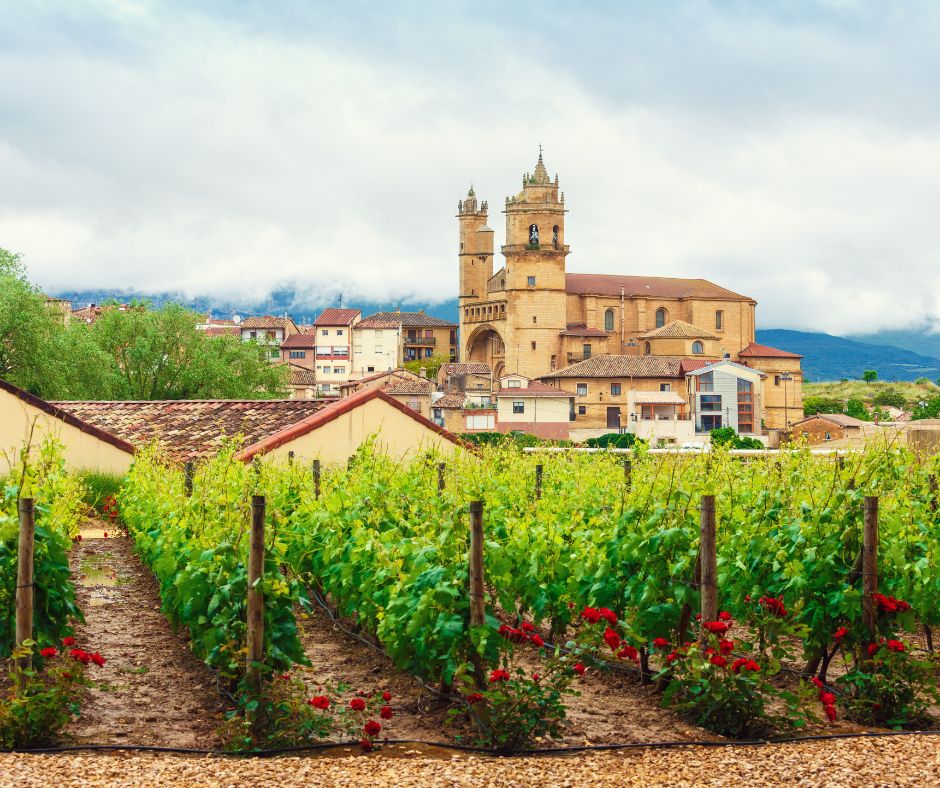
©Canva
This route crosses Spain's Rioja wine region, renowned for its robust red wines made from Tempranillo and Garnacha grapes. Here, small wineries and large, centuries-old historic estates that have marked the development of this wine-growing land follow one another across three major terroirs: Rioja Alavesa, Rioja Alta and Rioja Baja.
You'll find one of Spain's most famous wine routes, with no fewer than 600 wineries, most of them along the River Ebro, stretching for around 100 kilometres. This picturesque route passes through some of the country's most beautiful wine-growing landscapes, home to charming villages and many renowned vineyards where you'll find award-winning wines. Visits to wineries, from large bodegas to small ones with traditional knowledge, wine tastings and local gastronomy experiences are also available for travellers wishing to learn more about La Rioja's wine production.
Not to be missed: The Vivanco Museum in Briones is a unique place that combines a restaurant, its own production and, above all, an astonishing private museum dedicated to the culture of wine from its origins. Covering an area of 4,000 m2, it traces the epic story of winegrowing from Roman times to the works of Miro, Juan Gris and Picasso, with 5 permanent exhibition rooms, a room for temporary exhibitions and, outside, the Garden of Bacchus, a collection of over 220 grape varieties from all over the world.
Plan your visit with : www.routedesvinsrioja.fr
The Tuscan wine route in Italy
This route passes through the picturesque vineyards of Tuscany in Italy, renowned for its prestigious red wines such as Chianti and Brunello di Montalcino. With its magnificent picturesque landscapes and numerous renowned vineyards, it offers a unique experience of wine tasting and discovery of the region's wine culture.
Some of Tuscany's most famous vineyards include Castello Banfi in Montalcino, famous for its Brunello di Montalcino wine, and Antinori nel Chianti Classico in Greve in Chianti, which has been producing quality wines for centuries.
Let yourself be charmed by the many picturesque villages, such as Montepulciano, Montalcino, and the famous Chianti lands, where you can taste a variety of local wines while enjoying the beauty of the Tuscan countryside.
The Chianti classico wine route
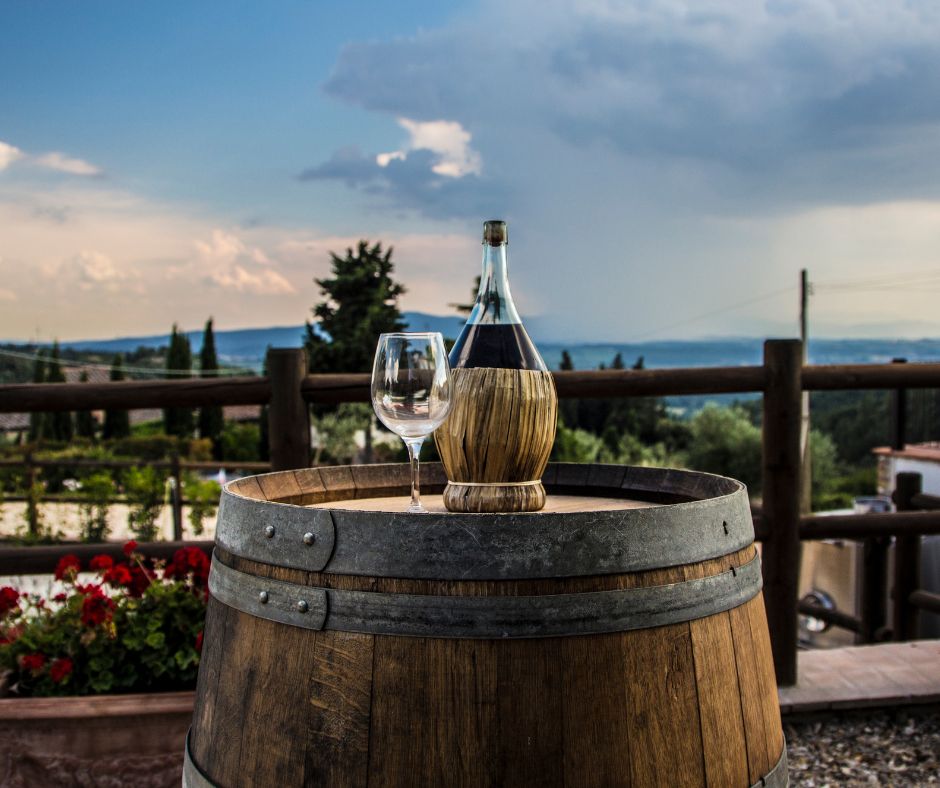
©Canva
The famous Chianti, the world-famous red wine and undoubtedly the best-known Italian wine, comes from the Chianti vines grown between Florence and Siena since the 12th century. But Chianti is in fact plural: there are officially around twenty different wines, all protected by different designations (DOP, DOC, IGP etc.) and two main types of Chianti born of two different methods of maturation: Chianti riserva and classic Chianti.
The Brunello di Montalcino wine route
Brunello di Montalcino is a prestigious, world-famous wine produced exclusively in the province of Siena, in the Montalcino region of Tuscany. It is made from the Sangiovese grape variety, known locally as "Brunello". Originally, the region's best-known wine was a sweet white called Moscadello di Montalcino. The first official vintage of Brunello dates back only to 1888. It was produced in small quantities for many years.
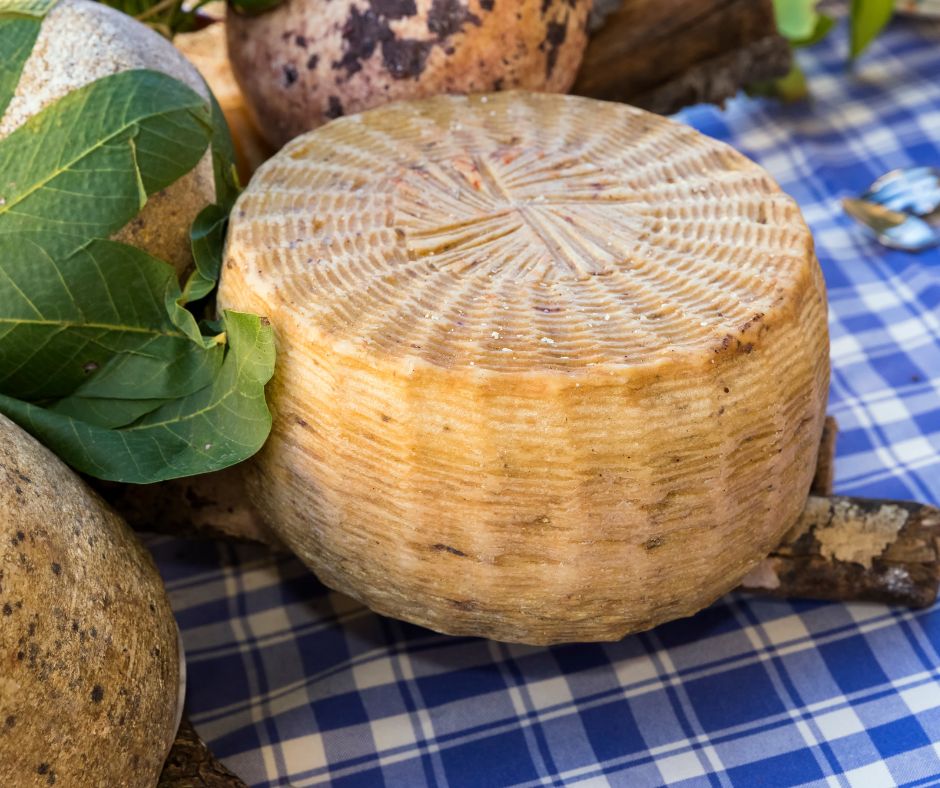
©Canva
The Brunello di Montalcino wine route offers visitors the chance to visit some of the region's most famous vineyards, where they can learn about the winemaking process and taste some of the region's best wines. On your way, don't miss a visit to the village of Montalcino. And don't forget to stop off for a meal of local specialities, including the famous Pecorino di Pienza, the Tuscan cheese par excellence.
The Palatinate wine region in Germany
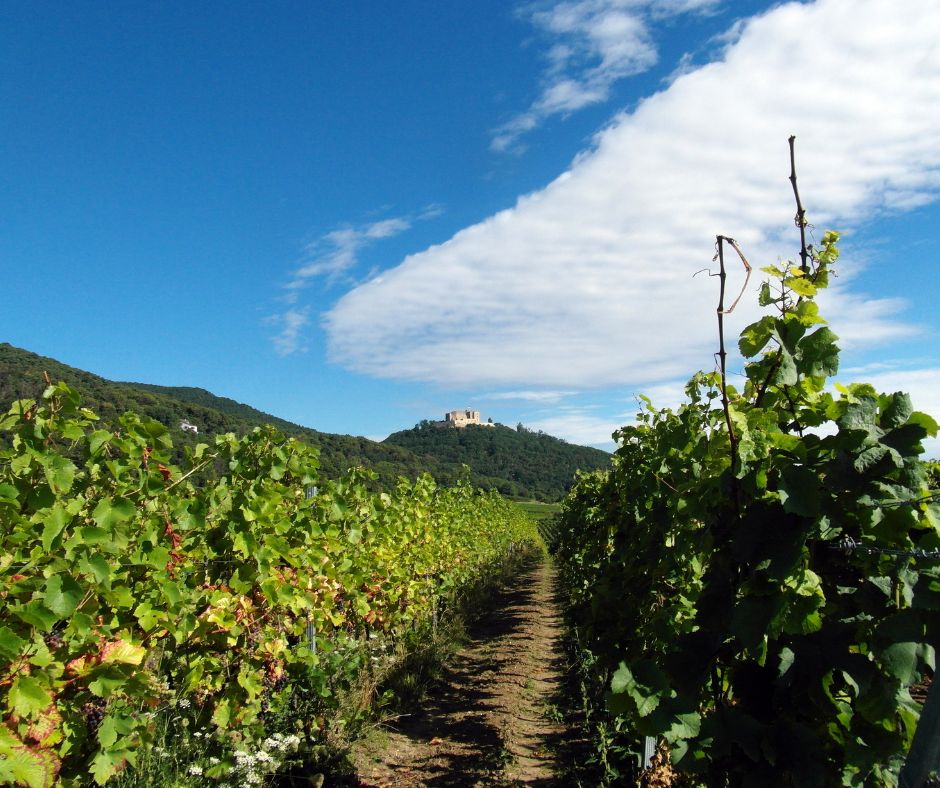
©Canva
From Bockenheim in the north to Schweigen-Rechtenbach in the south on the French border, discover 85 kilometres of a unique cultural landscape where vineyards mingle with primeval forests. This is the Palatinate, Germany's second-largest wine-growing region, sheltered by the Haardt mountain range, with 228 km2 of cultivated land. The region was awarded "Sustainable Destination" certification in December 2020. This demonstrates the commitment of an entire industry to sustainable tourism and working with local businesses to remain sustainable. On the Palatinate Wine Route, also known as "Weinstraße", you'll find spectacular castles, chateaux, ruins and palaces stretching as far as the eye can see, as well as picturesque wine villages with narrow, winding streets facing sun-drenched vineyards.
Country of the Riesling par excellence, the Palatinate is mainly home to white wines such as Müller-Thurgau, Gewürztraminer and Silvaner. These wines are renowned for their freshness, finesse and aromatic complexity. But a renewed interest in red wines has led to a diversification of grape varieties, with Pinot Noir and Saint-Laurent in particular being used here to produce varietal red wines. Global warming is also a factor in the diversification of grape varieties, as species adapted to warmer temperatures such as Cabernet Sauvignon are being introduced.
Slowtourism and contemplation
With an excellent network of hiking and cycling trails providing easy access to the various properties, the Palatinate Wine Route is ideal for slowtourism. Travel, visit and admire, taking your time and soaking up the region's natural, cultural and heritage richness. If you have the time, some cycling and walking routes even cover the whole of the Palatinate region.
Not to be missed: the Bad Dürkheim barrel. The largest barrel in the world, with a capacity of 1.7 million litres and room for 650 people, is now an inn offering wine tastings and food to accompany the wines. A must-see along the wine route!
Discoveries for the whole family
These wine routes not only offer the chance to taste exceptional wines, but also to explore the history and culture of Europe's wine-growing regions. The result is a unique and unforgettable journey through some of the world's most renowned wine regions.
Whether you're a seasoned connoisseur or just a wine lover, these wine routes will give you a taste of the passion, expertise, tradition and beauty that surround the art of winemaking in Europe. Each one is a truly immersive and rewarding touring experience that showcases the diversity and excellence of the wines of each terroir. So don't wait any longer, and set off to discover the distinctive character of Europe's wines and terroirs, and the wealth of wine tourism on offer to delight the whole family. Enjoy your tastings and discoveries!
